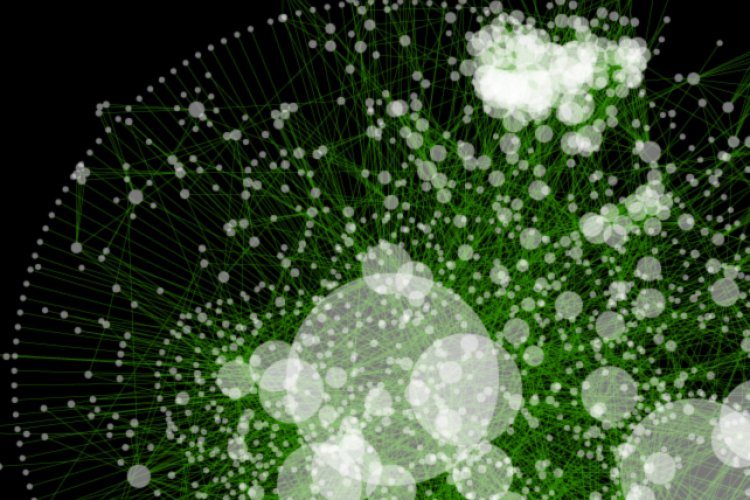For the past 45 years, research in molecular biology has been based predominantly on reductionist thinking, trying to unravel the complex workings of living organisms by investigating genes or proteins one at a time. In recent years, molecular biologists have come to view the cell from a different, more global perspective. With the advent of fully sequenced genomes and high-throughput functional genomics technologies, it has become possible to monitor molecular properties such as gene expression levels or protein-DNA interactions across thousands of genes simultaneously. As a consequence, it has become feasible to study genes, proteins and their interactions in the context of biological systems rather than in isolation. This novel paradigm has been named 'systems biology'.
One of the goals of the systems approach to molecular biology is to reverse engineer the regulatory networks underlying cell function. Particularly transcriptional regulatory networks have received a lot of attention, mainly because of the availability of large amounts of relevant experimental data. Several studies use expression data, promoter motif data, chromatin immunoprecipitation (ChIP) data and/or prior functional information (e.g. GO classifications or known regulatory network structures) in conjunction to elucidate transcriptional regulatory networks. Most of these methods try to unravel the control logic underlying specific expression patterns. This type of analysis typically requires elaborate computational frameworks. In particular probabilistic graphical models are considered a natural mathematical framework for inferring regulatory networks. Probabilistic graphical models, the best-known representatives being Bayesian networks, represent the system under study in terms of conditional probability distributions describing the observations for each of the variables (genes) as a function of a limited number of parent variables (regulators), thereby reconstructing the regulatory network underlying the observations.
We have built several tools to infer gene regulatory networks and to study properties of such networks. We have also applied these tools to unravel molecular processes and to study pathways.
Van Parys, T., Melckenbeeck, I., Houbraken, M., Audenaert, P., Colle, D., Pickavet, M., Demeester, P., et al. (2017). A Cytoscape app for motif enumeration with ISMAGS. BIOINFORMATICS, 33(3), 461–463.
Mizrachi E, Verbeke L, Christie N, Fierro AC, Mansfield SD, Davis MF, Gjersing E, Tuskan GA, Van Montagu M, Van de Peer Y, Marchal K, Myburg AA. (2017) Network-based integration of systems genetics data reveals pathways associated with lignocellulosic biomass accumulation and processing.
Van Landeghem, S., Van Parys, T., Dubois, M., Inzé, D., & Van de Peer, Y. (2016). Diffany: an ontology-driven framework to infer, visualise and analyse differential molecular networks. BMC BIOINFORMATICS, 17
Audenaert, P., Van Parys, T., Brondel, F., Pickavet, M., Demeester, P., Van de Peer, Y., & Michoel, T. (2011). CyClus3D: a Cytoscape plugin for clustering network motifs in integrated networks. BIOINFORMATICS, 27(11), 1587–1588.

